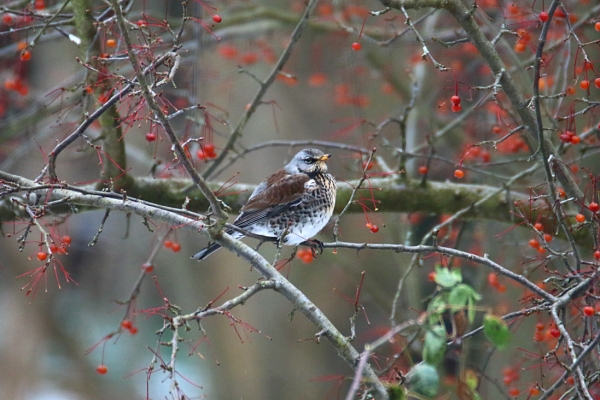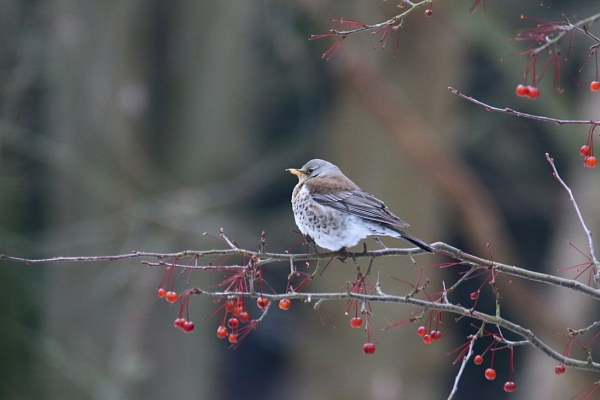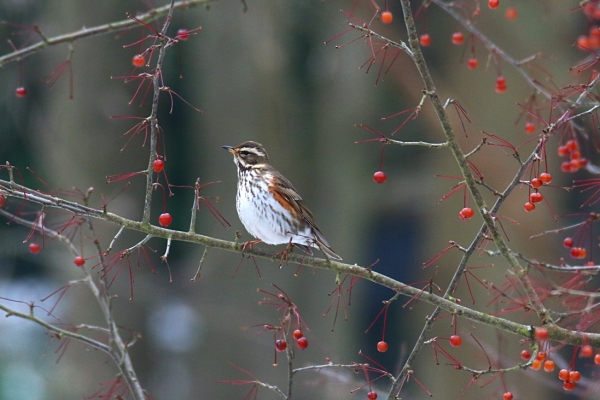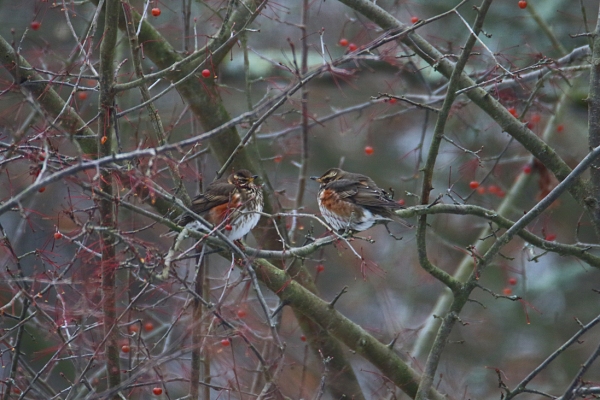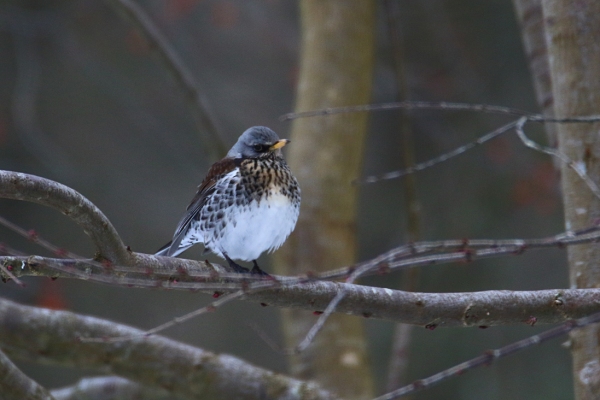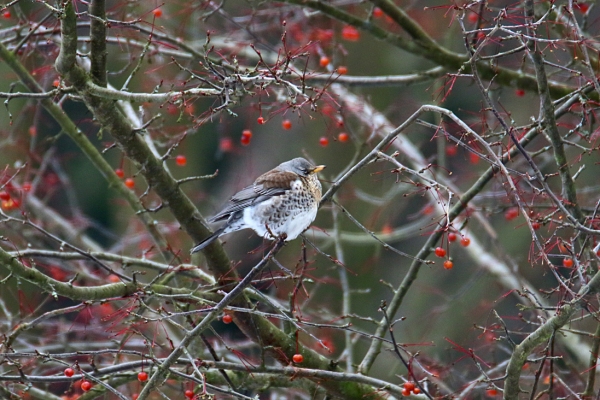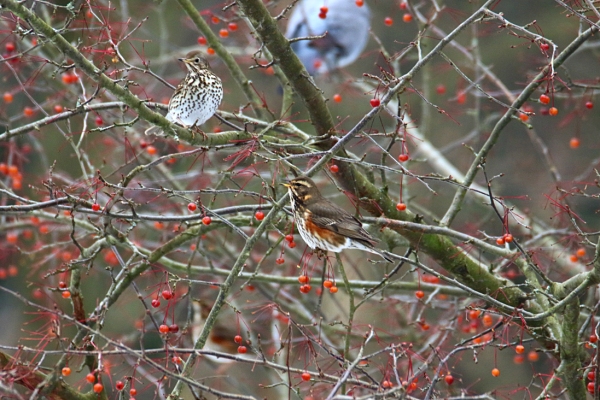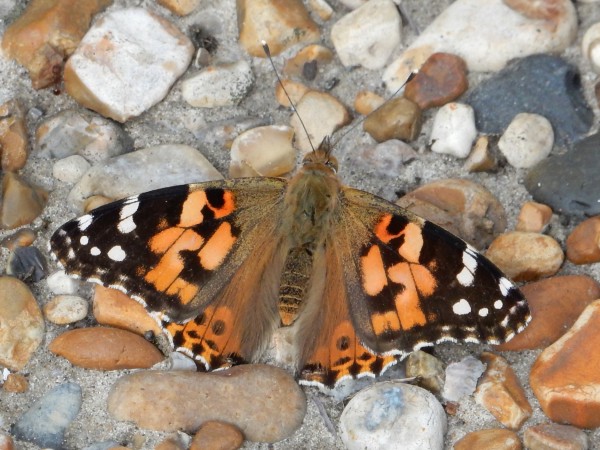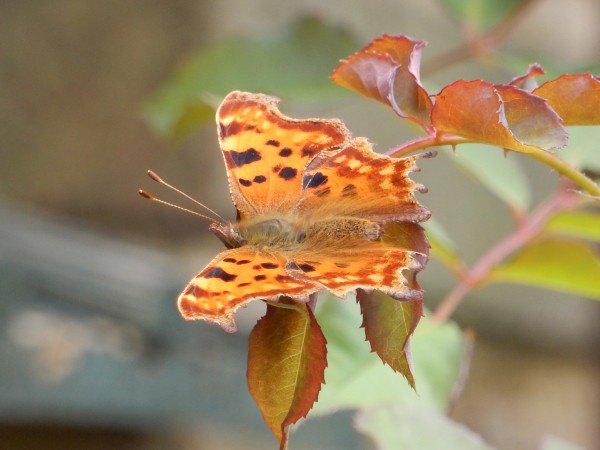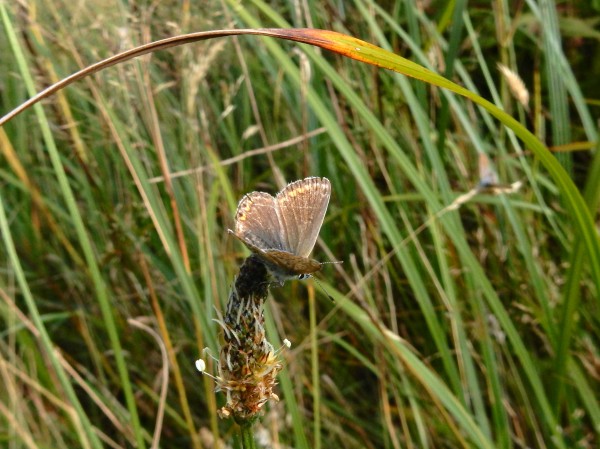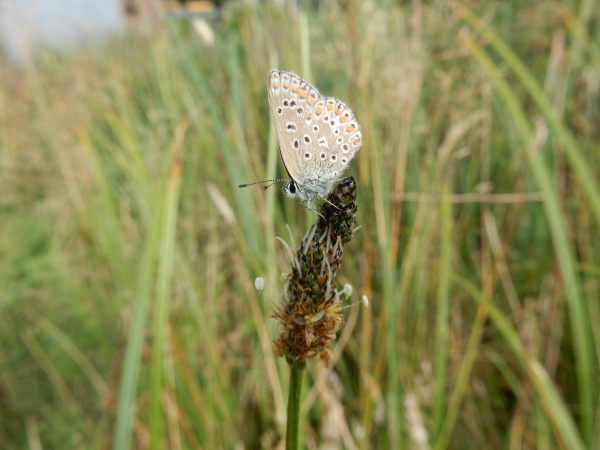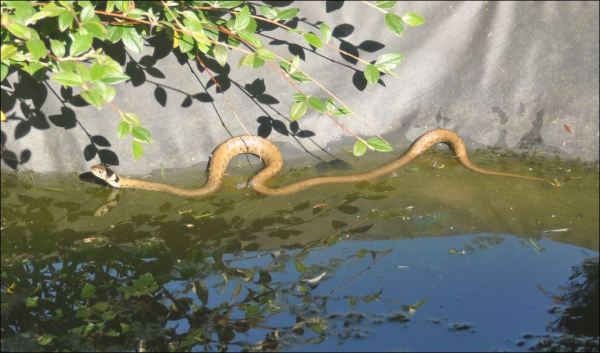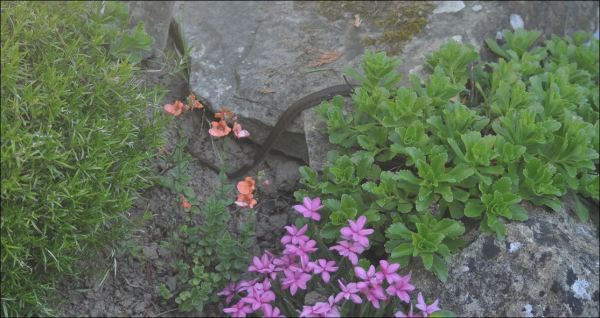Some wise words from the wild plant conservation charity ‘Plantlife’….
“There is a prevalent sense that picking flowers is a bad thing. Many of us are unsure what’s OK and what’s not and so err on the safe side. Plantlife’s new code of conduct shows us that wild flowers don’t have to be out of bounds – and out of our lives. We are very used to picking some species (daisies, dandelions and wild garlic) but there are other wild flowers that are commonplace and even increasing in number.
 Rachel de Thame is keen to add, ‘What we know and love we are more likely to conserve. It’s about children starting a relationship with wild flowers. It’s in a child’s instinct to collect, but today that means collecting stickers, toys or those must-have gadgets. Yet it wasn’t so long ago that children were just as keen to collect wild flowers, whether it was to take a posy home, press them, or make petal perfume, they were part of children’s everyday life. We need to ensure that this next generation is just as engaged and passionate so they will understand why wild flowers need to be cherished and protected for not only the beauty they bring to our lives but for their vital role as life support to all our wildlife.’” Hear hear!
Rachel de Thame is keen to add, ‘What we know and love we are more likely to conserve. It’s about children starting a relationship with wild flowers. It’s in a child’s instinct to collect, but today that means collecting stickers, toys or those must-have gadgets. Yet it wasn’t so long ago that children were just as keen to collect wild flowers, whether it was to take a posy home, press them, or make petal perfume, they were part of children’s everyday life. We need to ensure that this next generation is just as engaged and passionate so they will understand why wild flowers need to be cherished and protected for not only the beauty they bring to our lives but for their vital role as life support to all our wildlife.’” Hear hear!
Plantlife’s “Code of Conduct” for picking wildflowers
“Eight things to remember when picking any of twelve wildflowers marked with the “Twelve to Pick” icon” (on 3 beautiful identification charts downloadable here) which are Dandelion, Daisy, Yarrow, Ox-eye Daisy, Cow Parsley, Buttercups, Meadowsweet, Common Knapweed, Common Dog Violet, Greater Stitchwort, Primrose, Red Campion. See also Mark Avery’s blog with photos of the 12 pickables here
- Make sure you’re not trespassing on any private land.
- Never pick flowers from nature reserves or any other protected sites (such as Sites of Special Scientific Interest) without prior permission from the landowner.
- Only pick from large patches of abundant flowers, leaving plenty of flowers for others to enjoy, to set seed, and to provide other wildlife with pollen, nectar, seed or shelter.
- Follow the one-in-twenty rule, picking one flower out of every twenty you find. You should never diminish the display.
- Only pick a small handful of flowers for personal use, you must never pick for commercial gain.
- Don’t trample other flowers or vegetation.
- Never uproot any plant unless you have the landowner’s permission, and be aware that some plants (listed on Schedule 8 of the Wildlife and Countryside Act) cannot be picked without a licence
- If in doubt, don’t pick. If you don’t know the identity of a plant, leave it where it is. Take a photograph instead and try and identify it at home first.
Plantlife is running the Great British Wildflower Hunt which, with its helpful ID tips, can give anyone the confidence to identify flowers. It will also provide Plantlife with much needed information about how well they are doing (also on first of the two links above).
Happy hunting now that spring has well and truly arrived!
Ralph




 Rachel de Thame is keen to add, ‘What we know and love we are more likely to conserve. It’s about children starting a relationship with wild flowers. It’s in a child’s instinct to collect, but today that means collecting stickers, toys or those must-have gadgets. Yet it wasn’t so long ago that children were just as keen to collect wild flowers, whether it was to take a posy home, press them, or make petal perfume, they were part of children’s everyday life. We need to ensure that this next generation is just as engaged and passionate so they will understand why wild flowers need to be cherished and protected for not only the beauty they bring to our lives but for their vital role as life support to all our wildlife.’” Hear hear!
Rachel de Thame is keen to add, ‘What we know and love we are more likely to conserve. It’s about children starting a relationship with wild flowers. It’s in a child’s instinct to collect, but today that means collecting stickers, toys or those must-have gadgets. Yet it wasn’t so long ago that children were just as keen to collect wild flowers, whether it was to take a posy home, press them, or make petal perfume, they were part of children’s everyday life. We need to ensure that this next generation is just as engaged and passionate so they will understand why wild flowers need to be cherished and protected for not only the beauty they bring to our lives but for their vital role as life support to all our wildlife.’” Hear hear!